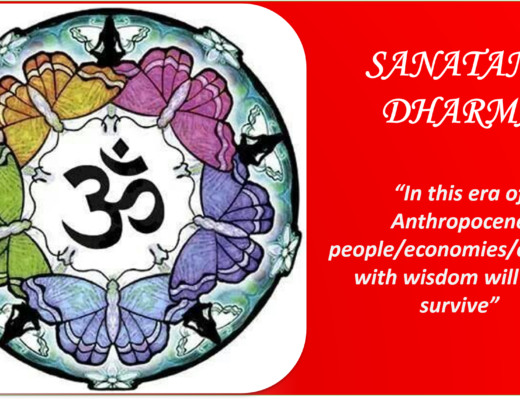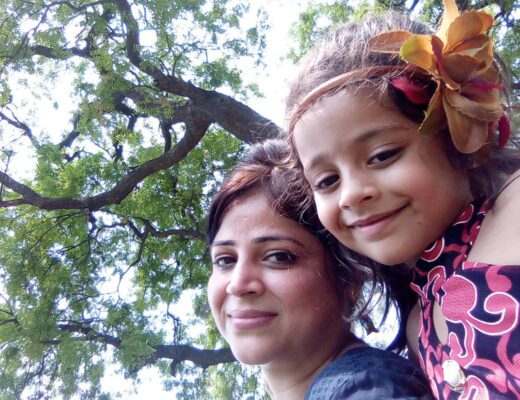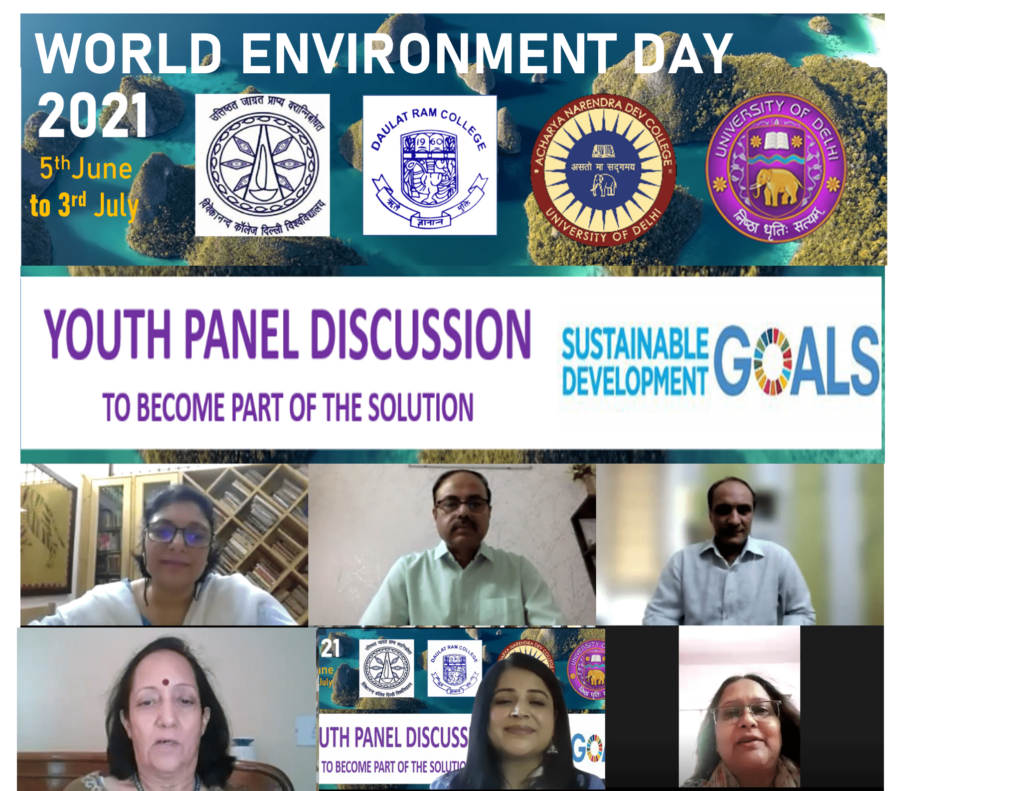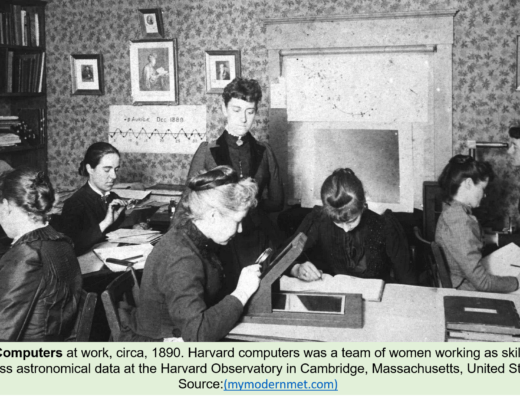By Arnab Bose, PhD.
The urban experience in India is a continuous stream of micro-aggressions (impossible footpaths or walkways; strange designs of say bus stops; difficult air to breathe; public works move lazily causing even more chaos; last mile non-connectivity, non-accessibility; a disconnect between various key stakeholders; absence of information during times of critical need, e.g., community health protocols of stray animals). Very often these micro-aggressions on the aggregate make the entire process of urbanization vulnerable. This is turn jeopardizes the sustainable and inclusive development movement for a country like India. The micro-aggressions by itself are mostly a construct of mis-alignment or non-alignment of varied stakeholders connected to the processes of urbanization.
The mis-alignment and non-alignment of stakeholders sharing ‘information’ on priorities, issues, processes, solutions are the real problems in the process of urbanization for a country like India. Issues often identified as the problems of India, like corruption or inefficiencies are symptoms of the problem. Trying to address symptoms but not the real under lying disease will only aggravate the problem. Therefore, the real problem of mis-alignment and non-alignment of stakeholders needs to be fixed via stakeholder interactions.
However, a serious caveat now; stakeholder interactions for issues in local governance for a country like India cannot be conducted as it is done in the West, say like town halls or the like. The complexity of cultural norms are immense, yet thankfully the culture itself lends a solution to how stakeholder interactions can be managed. Organize a wedding-like festival, in this case the Kesari Utsav, that will be a marriage of the people and its place.






No Comments